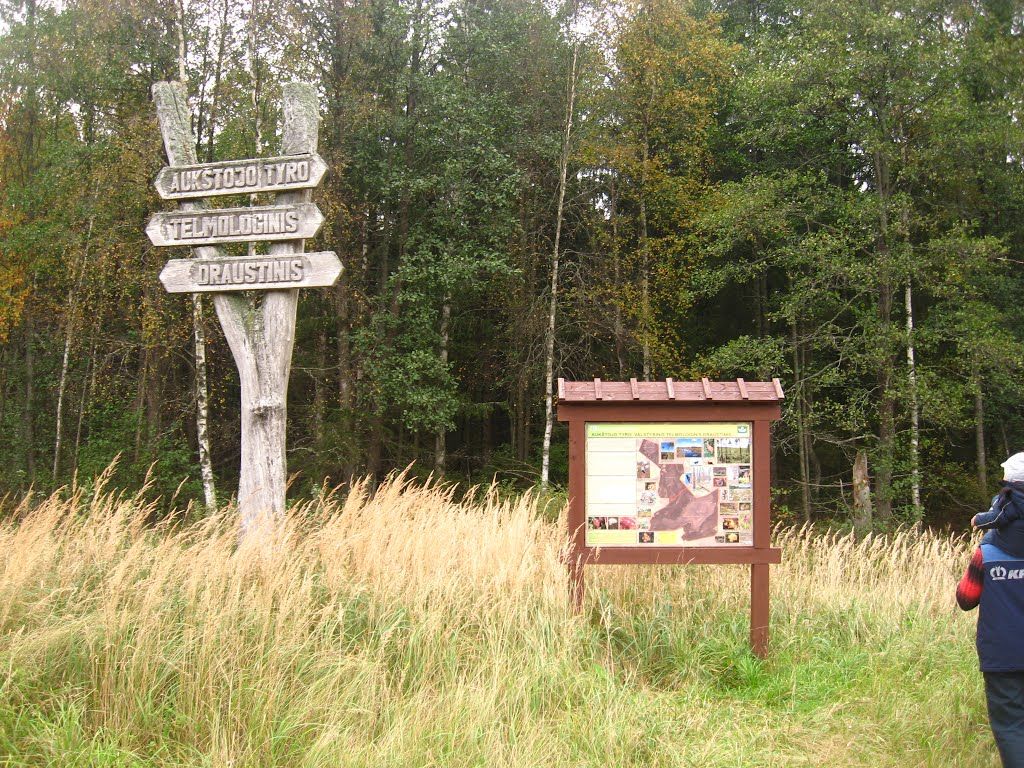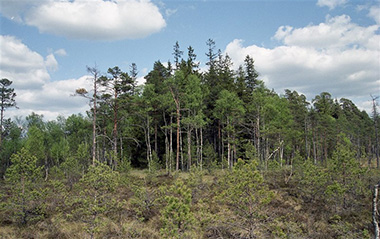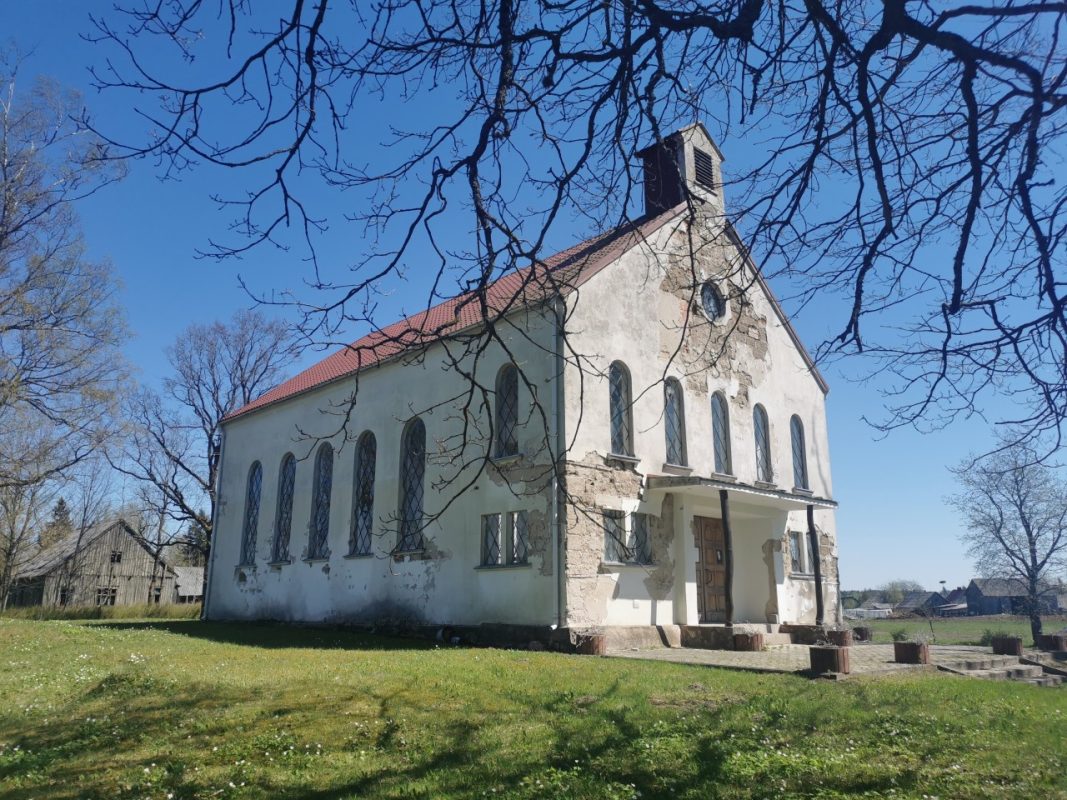The Ensemble of Rietavas St. Michael the Archangel Church Buildings

42

1

0
5 out of 5
(1 reviews)
The earliest official document mentioning the Rietavas church is the privilege granted by Grand Duke Sigismund III Vasa on April 28, 1596, which confirmed the foundation of the Rietavas church by Leonas Sapiega, the then holder of the Rietavas lands.
Info
-

Religious Heritage
-
Rietavas
-
The earliest official document mentioning the Rietavas church is the privilege granted by Grand Duke Sigismund III Vasa on April 28, 1596, which confirmed the foundation of the Rietavas church by Leonas Sapiega, the then holder of the Rietavas lands.
In 1721, with the help of the Rietavas elder Mykolas Sapiega, a new wooden church was built, which stood for 130 years.
The construction of Rietavas St. Michael the Archangel Church began in 1853 under the auspices of Prince Irenėjus Oginskis, on the central axis of the manor's main building, at the site of the demolished wooden church. The construction took 21 years. On June 9, 1853, the cornerstone was blessed by Bishop M. Valančius of Samogitia. After the death of the founder Irenėjus Oginskis in 1863, the completion of the church was overseen by his wife Olga and sons Bogdanas and Mykolas. The church was completed and consecrated in 1874. In
the 19th century, the Rietavas church was considered the most beautiful sanctuary in the Diocese of Samogitia. Located near the central town square, the church defines its plan and space. It is a basilica with a Latin cross plan, twin towers, and a semicircular apse. The interior consists of three naves covered by cross vaults. The main altar is made of white marble and has restrained neo-Romanesque forms. Portrait epitaphs of Olga Oginskienė (1819–1899) and Irenėjus Oginskis (1808–1863) are embedded in the left wall of the presbytery.
Known to the locals as the "white swan," it remains one of the main spiritual and aesthetic attractions. In September 2008, a ceremony was held in Rietavas church, where composer Ivas Zaluski, a great-grandson of M. K. Oginskis's daughter Amelija living in the UK, and Rietavas poet Birutė Lengvinienė were granted the titles of honorary citizens of Rietavas.
Found a mistake?
Report
Whats new?
Nearby attractions

 Entertainment
Entertainment
 Food establishments
Food establishments





























 55.722885, 21.933141
55.722885, 21.933141
 Get directions
Get directions


















